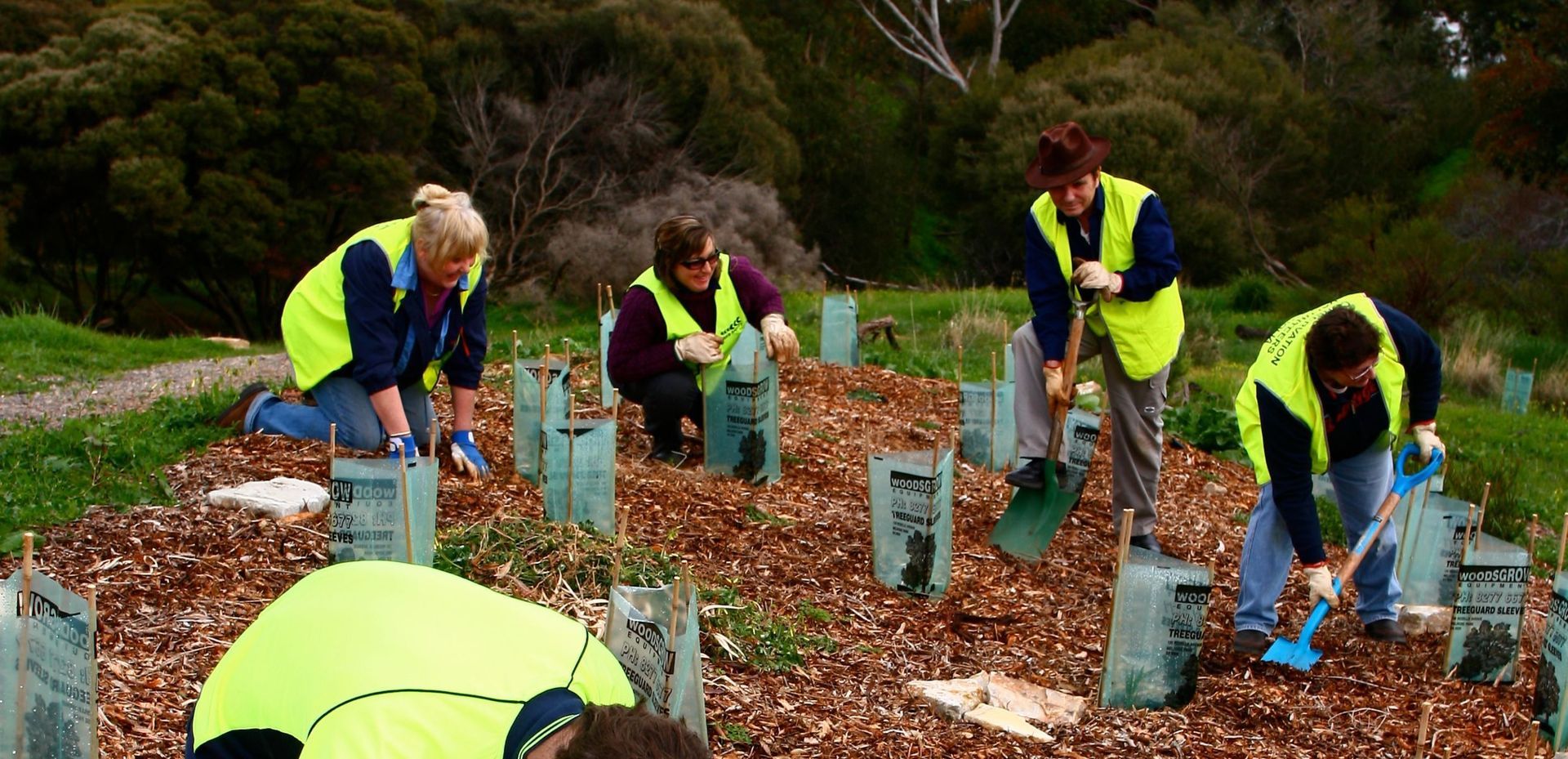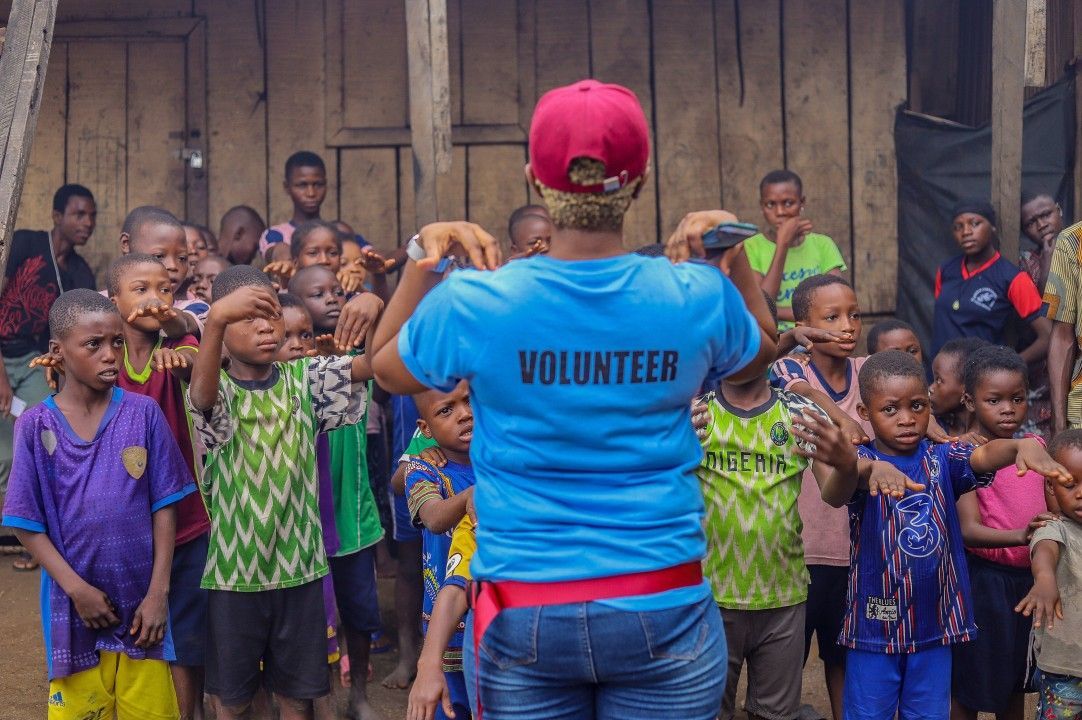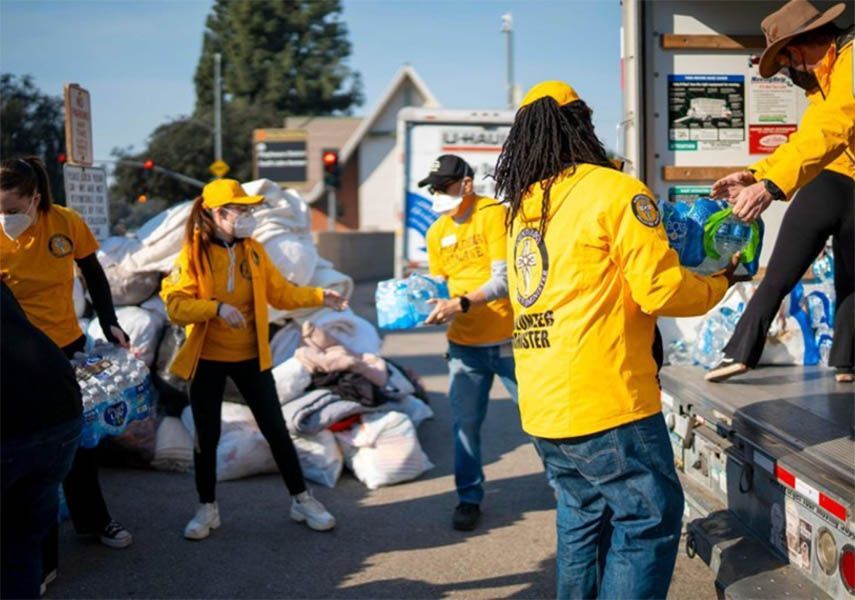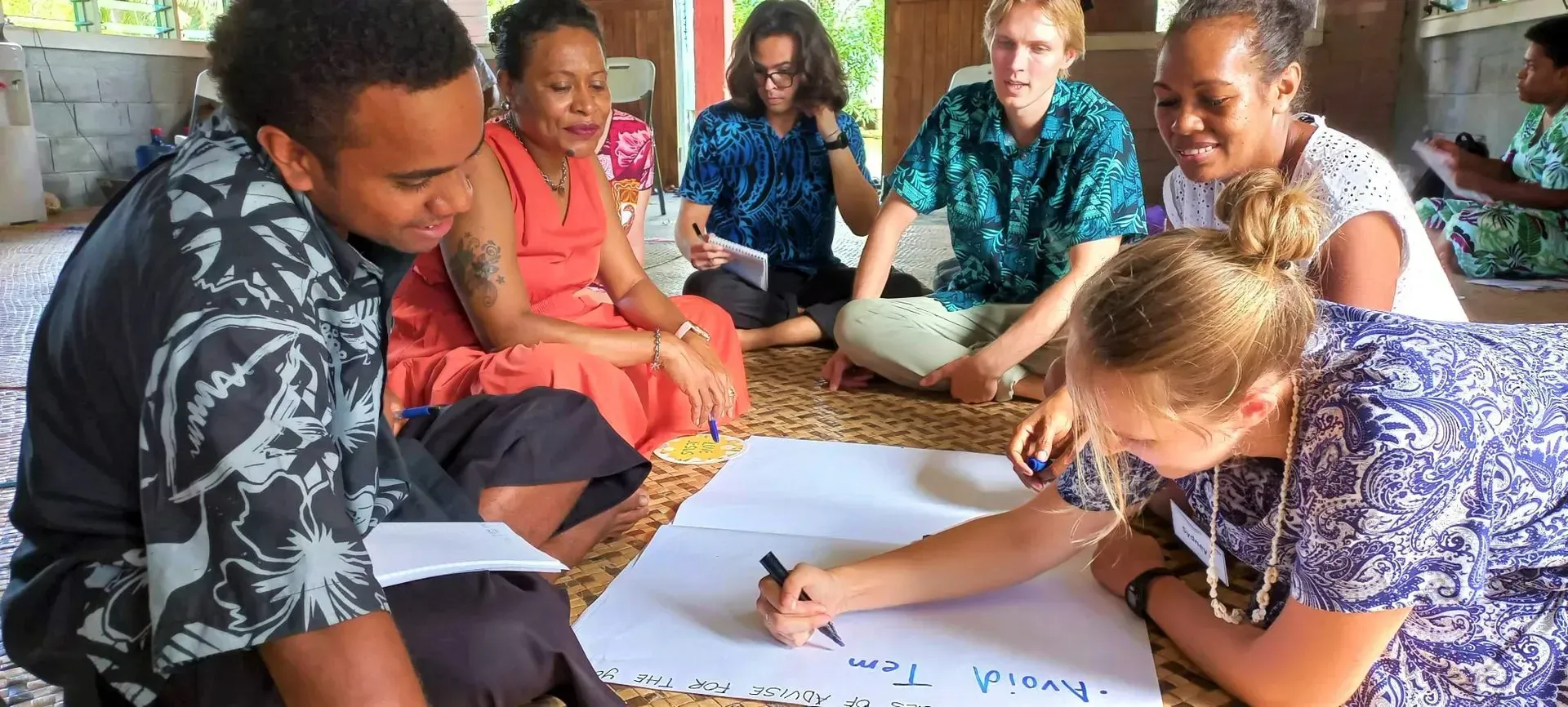What Are the Different Types of Volunteer Programs and Which One Is Right for You?
Volunteering offers a unique opportunity to contribute to meaningful causes while fostering personal growth and community development. The different types of volunteer programs include environmental conservation, community development, education and teaching, healthcare and wellness, animal welfare, virtual volunteering, and disaster relief. Choosing the right one depends on your interests, skills, time commitment, and values.
Volunteering can be transformative, benefiting both individuals and communities. In this blog, CleaUP USA explores various volunteer opportunities to help you determine which one aligns with your goals and values.
Why Volunteer?

The Benefits of Volunteering
Volunteering offers more than just the satisfaction of giving back. Here are some key benefits:
- Personal Fulfillment: Contributing to causes you care about can lead to immense emotional satisfaction and a sense of purpose.
- Building Relationships: Volunteering connects you with like-minded individuals, fostering friendships and professional networks.
- Skill Development: Many programs provide hands-on experience, enhancing your abilities and even improving career prospects.
- Creating Social Impact: Your efforts directly contribute to positive changes in communities, making a lasting difference.
Categories of Volunteer Programs

Volunteer programs can be categorized based on their structure and delivery. Here are the main categories:
Local vs. International
- Local Programs: Perfect for individuals who want to contribute to their community without extensive travel. Examples include local food banks or neighborhood clean-ups.
- International Programs: Ideal for those seeking to make a global impact. Programs like Habitat for Humanity’s Global Village offer international volunteering opportunities.
Short-Term vs. Long-Term
- Short-Term: These programs last from a few days to weeks, suitable for those with limited availability.
- Long-Term: Ideal for individuals seeking deeper engagement, such as AmeriCorps programs that span months to years.
In-Person vs. Virtual
- In-Person: Traditional hands-on volunteering, like participating in a beach clean-up or tutoring children.
- Virtual: Flexible and remote opportunities, such as mentoring or supporting digital projects for nonprofits.
Deep Dive: Types of Volunteer Programs
Environmental Conservation

Activities
- Beach clean-ups
- Reforestation projects
- Wildlife protection efforts
Examples
- Student Conservation Association: Offers programs across the U.S. focusing on protecting natural spaces.
- Local Clean-Up Initiatives: Organized by groups like CleaUP USA, tackling environmental waste in neighborhoods.
Benefits
Volunteering in environmental conservation helps combat climate change, protect biodiversity, and foster a deeper appreciation for nature.
Community Development

Activities
- Building affordable housing
- Urban development and infrastructure improvement
Examples
- Habitat for Humanity: Assists with housing projects for low-income families.
- AmeriCorps: Focuses on economic empowerment and urban planning.
Benefits
Strengthening communities by improving living conditions and providing resources for underserved populations.
Education and Teaching

Activities
- Tutoring students in underserved areas
- Teaching literacy and language skills
Examples
- Teach For All: Partners with organizations globally to improve education access.
- Literacy Volunteers of Illinois: Focuses on adult literacy programs.
Benefits
Empowers individuals with knowledge and skills, creating long-term impact within communities.
Healthcare and Wellness

Activities
- Organizing medical camps
- Promoting mental health awareness
Examples
- Doctors Without Borders: Provides medical assistance in crisis areas.
- Local Health Clinics: Many clinics rely on volunteers for outreach programs.
Benefits
Offers essential healthcare to underserved areas while promoting overall community wellness.
Animal Welfare

Activities
- Caring for animals in shelters
- Wildlife rehabilitation projects
Examples
- ASPCA: Protects animals through adoption and rescue initiatives.
- Local Animal Shelters: Volunteers provide daily care and support.
Benefits
Supports humane treatment of animals while raising awareness of animal rights.
Virtual Volunteering

Activities
- Online mentoring and tutoring
- Supporting nonprofit digital campaigns
Examples
- UN Online Volunteering: Connects volunteers with global development projects.
- Translators Without Borders: Helps translate materials for humanitarian efforts.
Benefits
Flexible participation with opportunities to make a global impact from anywhere.
Disaster Relief

Activities
- Emergency aid and supply distribution
- Rebuilding infrastructure after natural disasters
Examples
- Red Cross: Deploys volunteers to provide crisis assistance.
- FEMA Community Emergency Response Teams: Focuses on training individuals for disaster preparedness.
Benefits
Provides immediate support to communities in need, offering hope and resources during crises.
How to Choose the Right Volunteer Program

- Personal Interests and Skills: Reflect on your passions and talents. Are you an advocate for environmental conservation, or do you excel at mentoring? If you're new to volunteering, consider exploring the best volunteer opportunities for beginners that align with your interests and allow you to ease into the experience.
- Time Commitment: Determine your availability for short-term or long-term programs.
- Location Preferences: Decide if you want to focus locally or venture internationally.
- Program Credibility: Research organizations to ensure their mission aligns with your values. Learning more about Choosing the Right Nonprofit can help you evaluate an organization’s credibility, impact, and how well it fits your goals.
- Budget Considerations: Some programs require fees for travel or supplies, so evaluate your financial situation.
Steps to Get Started with Volunteering
- Research Opportunities: Use platforms like VolunteerMatch or connect with organizations such as CleaUP USA.
- Prepare an Application: Highlight relevant skills and experiences.
- Attend Training: Many programs offer orientations to help you understand your role.
- Complete any required Volunteer Background Checks: Some programs, especially those working with vulnerable populations, may require background screening before you can begin.
- Commit to Your Role: Consistency and dedication ensure a positive impact.
Conclusion
Volunteering can transform lives—yours and those you serve. By exploring the different types of volunteer programs, you can find an opportunity that resonates with your skills, interests, and values.
CleaUP USA encourages you to take that first step toward making a meaningful impact today. Whether it’s environmental conservation, community development, or any other cause, your contribution matters.










